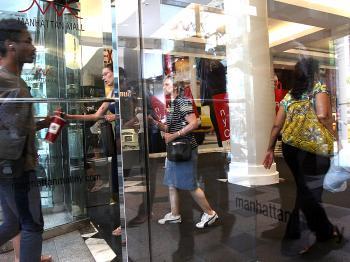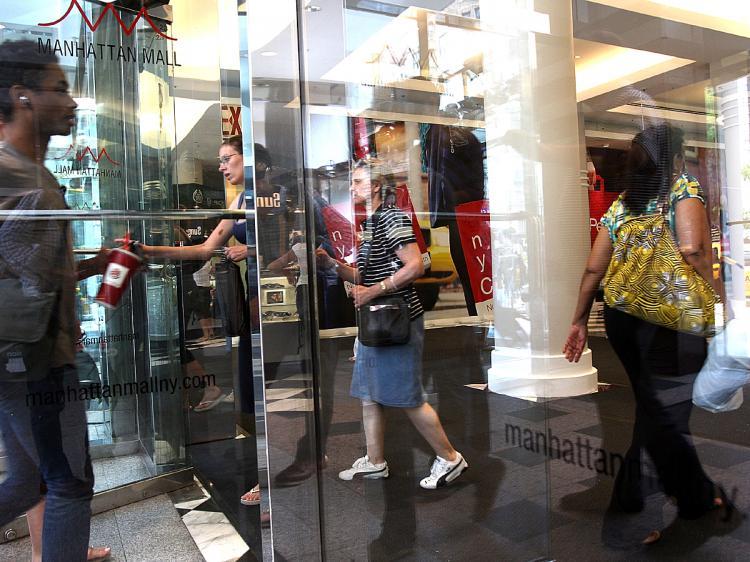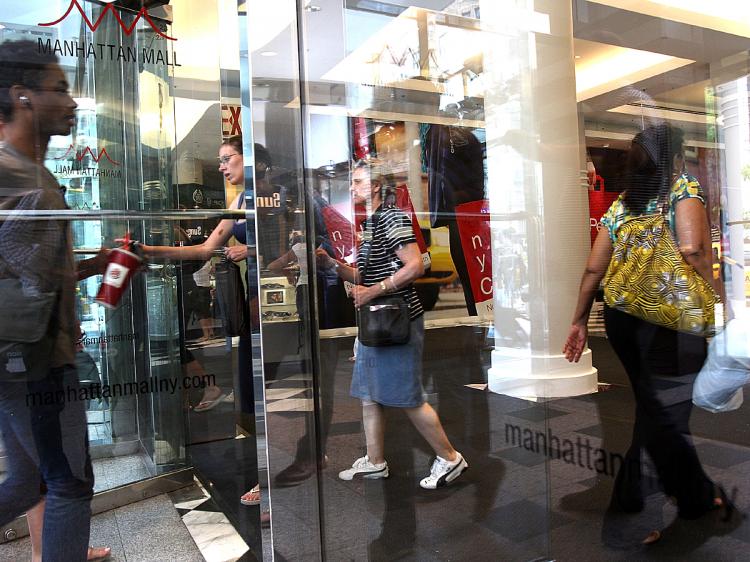The U.S. Department of Commerce reported that July retail sales declined 0.1 percent, compared with June’s 0.8 percent gain. If not for the “Cash for Clunkers” program rescuing auto sales around the end of the month, the numbers would have been more dismal.
Automobile sales increased 2.4 percent and clothing/apparel sales gained 0.6 percent. But other areas such as electronics, building materials, food and beverages, and furniture sales all declined.
“The road to recovery is long, but with every recovery dollar we spend and project we start, we are one step closer to getting there,” Commerce Secretary Gary Locke said in a statement.
Economists had expected a slight gain in July sales trends.
Wal-Mart Results Disappoint
Many experts believed that Wal-Mart, the Arkansas-based discount retailer, would ride out the recession in style as consumers forgo upmarket stores for bigger discounts and necessities.
But despite reporting better-than-expected second quarter earnings, same-store sales figures disappointed—dropping 1.2 percent from 2008. Same-store sales compares how well established stores perform against prior years.
Wal-Mart’s massive scale and product selection is often seen as a bellwether for the retail industry and consumer spending as a whole. But Thursday’s report dampened investor optimism from earlier in the week when Macy’s Inc. reported solid second-quarter sales.
The discount chain reported earnings per share of $0.88, from $100.1 billion of net sales for the quarter.
“In a sales environment more difficult than we expected, we managed our operations in a disciplined manner,” Mike Duke, president at Wal-Mart, said in a statement. “Customers around the world are forced to do more with less and they rely on Wal-Mart to help them save money.”
Private Labels Drive Kohl’s
Kohl’s Corp., the nation’s fourth-largest department store chain, reported a 2 percent increase in sales during the last quarter, but comparative same-store sales declined 2.3 percent at existing locations. The company pared its full-year outlook for 2009.
The company attributed its sales figures to greater emphasis on Kohl’s exclusive brands, such as its “Simply Vera Vera Wang” women’s apparel line. Kohl’s is also focusing on several store brands—namely “Mudd,” “Candie’s,” and “Britney Spears”—for the back-to-school shopping season.
“Our efforts to create a differentiated brand portfolio around exclusive brands that have strong equity have led to a significant increase in penetration of these brands to our total sales,” said CEO Kevin Mansell in a conference call with analysts on Thursday. “While that’s had a positive impact on gross margin, more importantly it’s differentiated us from our competitors and created a platform for us to introduce new brands in the future.”
But given the current state of the economy, the company has dialed down its third-quarter expectations. Mansell expects same-store sales to decrease between 3 and 5 percent for the current quarter.






